When designing web sites, there is a tendency for About pages to be treated as the poor cousin of the home page of your site, yet the About page is often one of the most visited pages on your site, particularly if you are offering a service. People want to know about the person or company that they are doing business with. If you don’t have a blog, your About page is where potential clients get to see the (as close as possible) real you – the touchy feely end of the business. In this post, we’ll take a look at web sites who are making their About pages eye-catching, interesting and unique.
The About page should answer several questions
- Who are you?
- What do you do?
- Why would I choose to work with you?
- How to contact you?
1. Provide detailed organized information
Jacob Nielson recommends the following information should appear on an organization’s About pages:
- Tagline on the homepage: A few words or a brief sentence summarizing what the organization does.
- Summary: 1-2 paragraphs at the top of the main About Us page that offer a bit more detail about the organization’s goal and main accomplishments.
- Fact sheet: A section following the summary that elaborates on its key points and other essential facts about the organization.
- Detailed information: Subsidiary pages with more depth for people who want to learn more about the organization.
Obviously if you’re a small company or sole trader you may not have that level of information to supply but you could still apply the idea of a tagline and short summary of what you do to your own About page. If you have a lot of information to convey on your About page, breaking it up into organized blocks makes them more digestible.
Springload

Truf
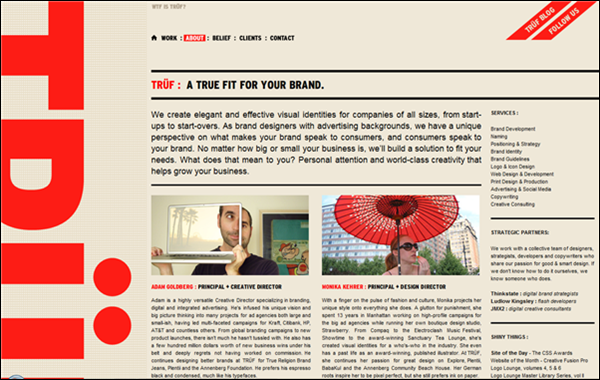
Agent 8 Design
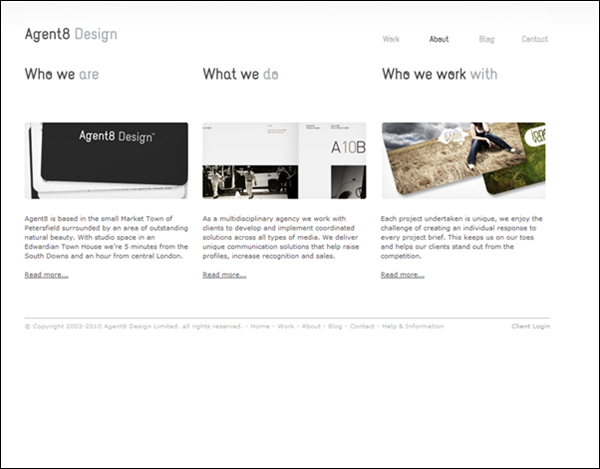
2. Use a photograph
The photograph let’s us see how gorgeous, professional, quirky or interesting looking you are. Most importantly it puts a face to a name and can help you connect with your target audience. Many people cringe at the thought of having their own picture on their web site but it adds a personal touch and can break down a barrier.
Andrew Ramos
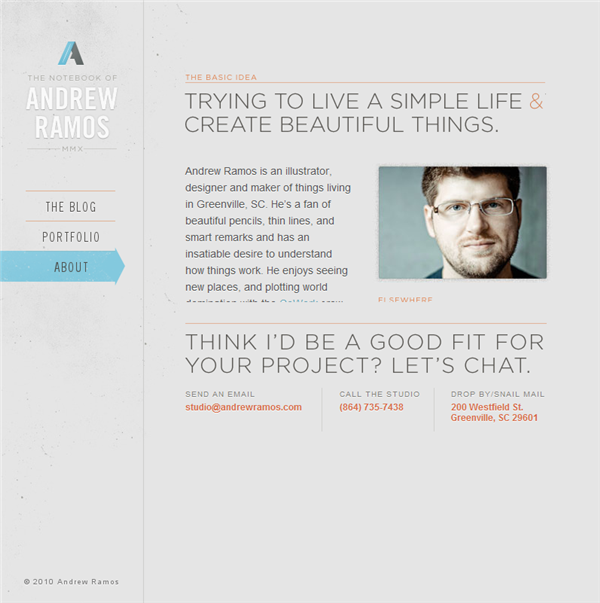
Jared Digital
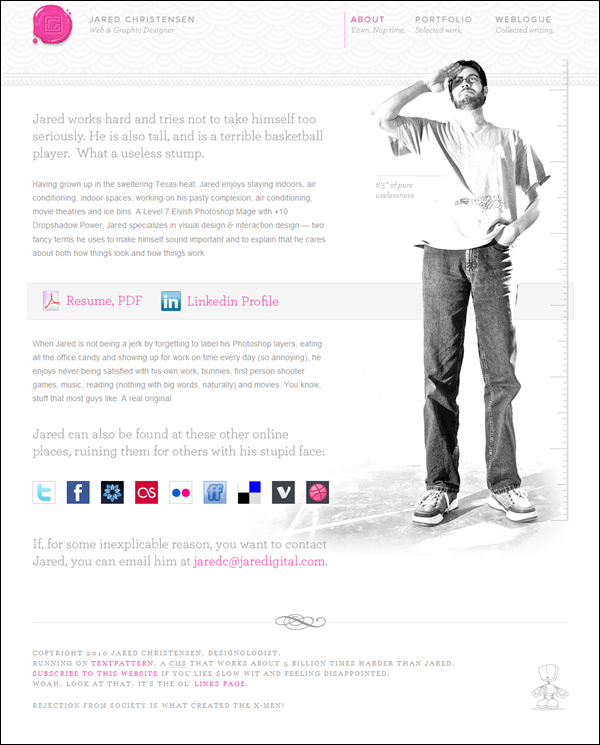
Paramoreredd
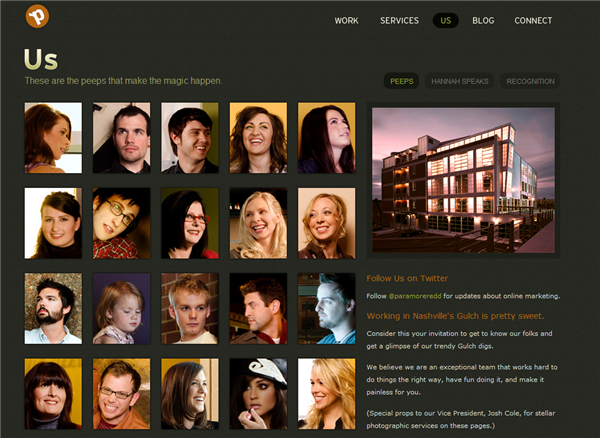
3. Be different
Kazuhide Fukuyama
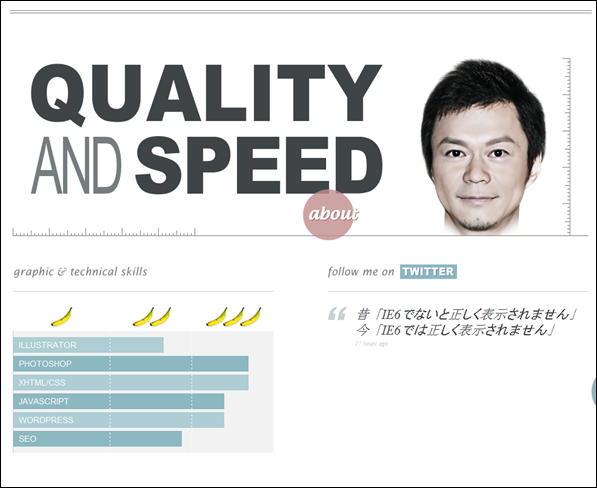
Legwork Studio
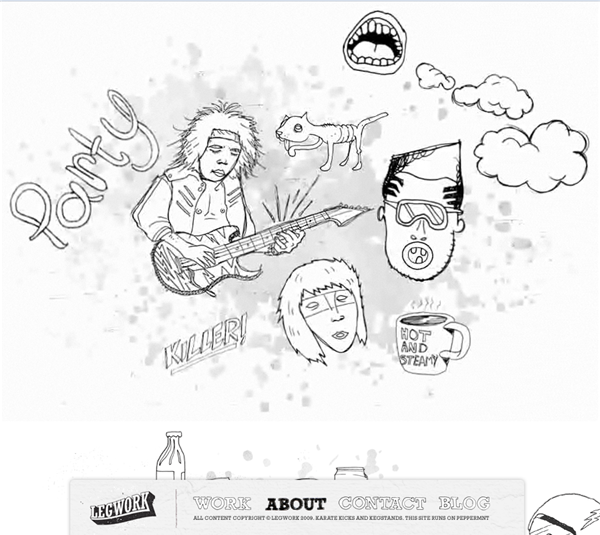
Tim Van Damme
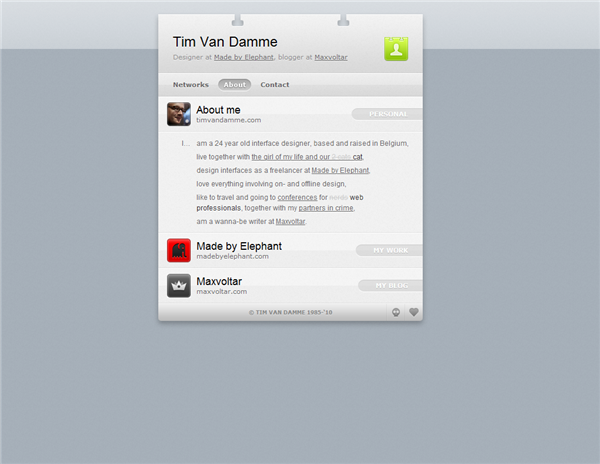
Culture Code

4. Home page and About page combined
Some web sites combine the Home and About page into one. The idea being the information is presented immediately to the visitor without them making any further effort.
Josh Sender
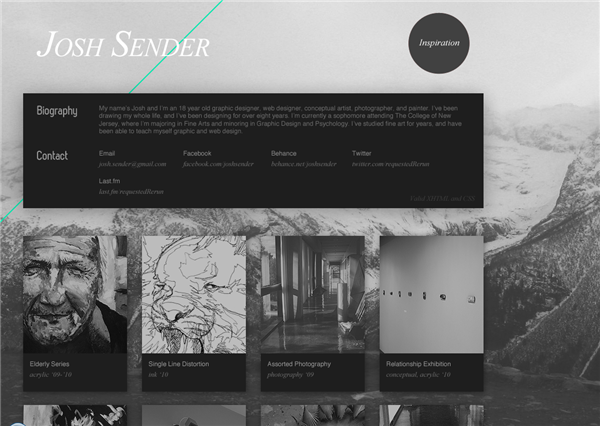
Analog
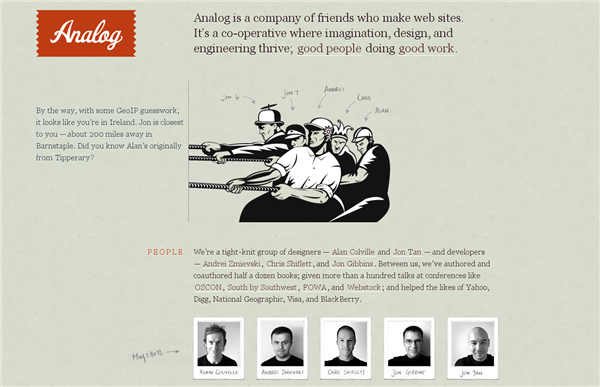
Wildlife Control
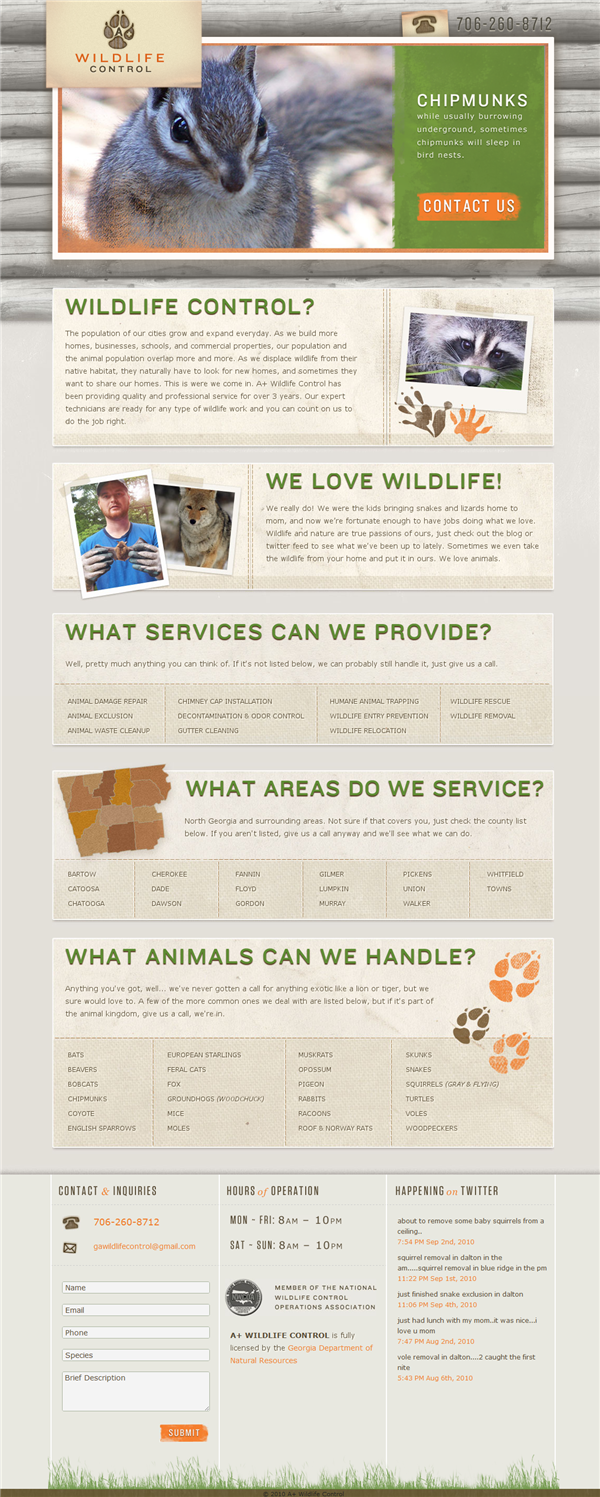
Having said all of the above, some people argue that the website really shouldn’t be about you at all, but about your visitors. It is a fine line we walk.
What else would you recommend should be included on an About page?
Jennifer Farley is a designer, illustrator and design instructor based in Ireland. She writes about design and illustration on her blog at Laughing Lion Design.





